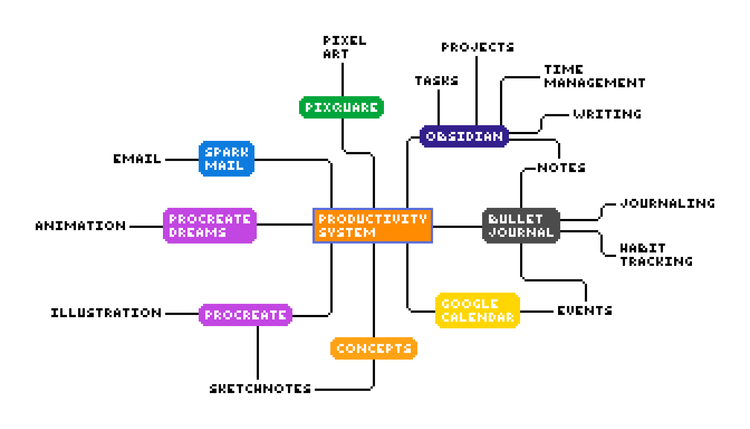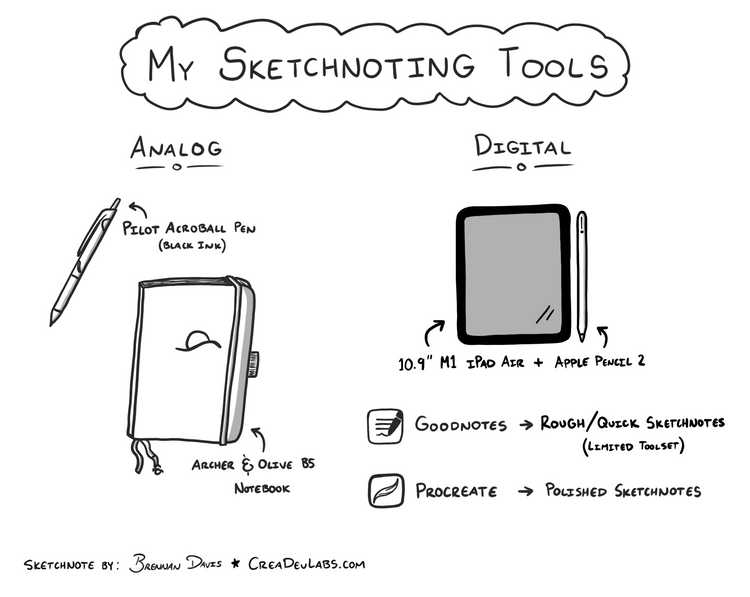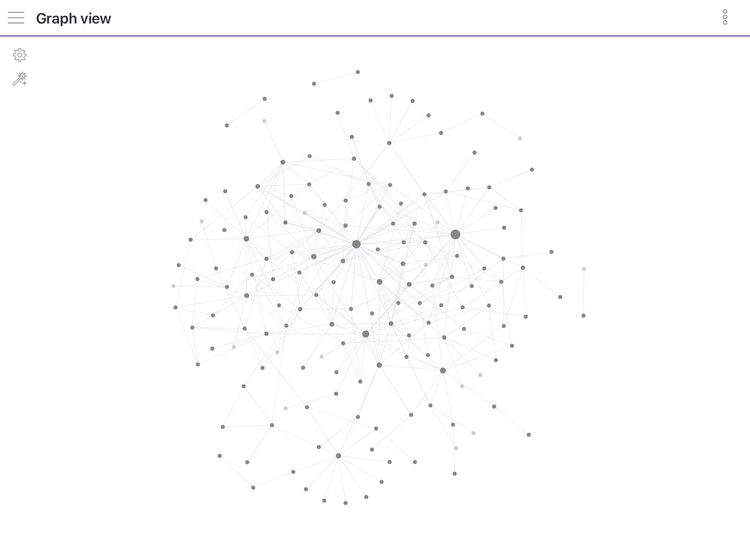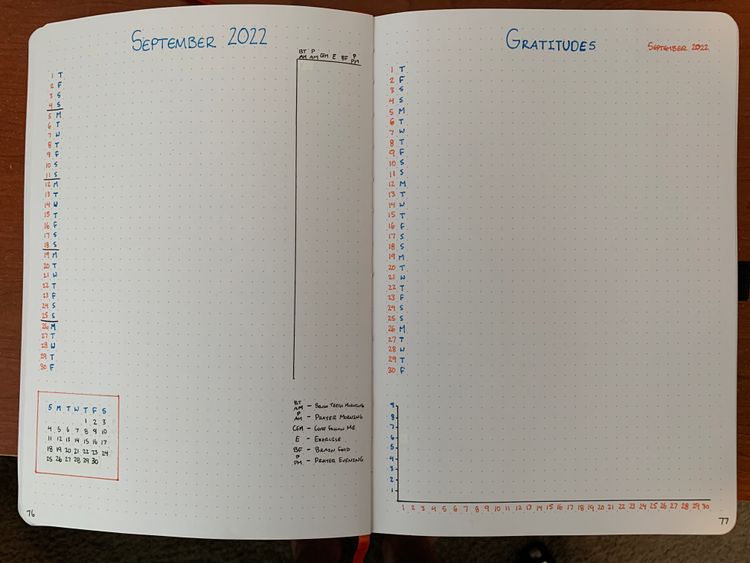The Path to Perfect Productivity is Experimentation (and You!)
So, you’ve been doing some research on how to get your to-do lists and/or notes organized and have just stumbled upon what seems to be the absolute perfect productivity system. The excitement builds within you, and you can’t wait to start implementing it. The next several hours are spent getting all your tasks and notes integrated and organized into this new system. It’s well worth it to you because you’ll never need to do it again! You’ve found the perfect system and you’ll finally get through your entire task list in a single day!
However, after a few days, you start to notice some small holes in the system. There are situations where you’re not sure what to do because the creator of the system didn’t explain it.
“Do I put this task in this list or that list?”
“What do I do when I encounter interrupts?”
“Should I schedule tasks for certain parts of the day, or just say what day I want to do them on?”
Maintaining this perfect productivity system suddenly becomes the focus rather than getting your tasks done. You spend way more time then you should be reviewing the setup instructions wondering where you went wrong. The system has become a frustrating chore, and soon you give up on it entirely. You return to researching in hopes that the next system you come across truly is the perfect system you’ve been waiting for.
Does this sound familiar to you? I experienced this cycle over and over again through college and several years into my professional software development career. I was constantly trying to find the perfect productivity method or app that would revolutionize the way I work. I was frustrated at the holes that would appear almost immediately, and I couldn’t find the answers to fix them.
What I came to realize is that trying to implement a system built by another person doesn’t work in the long run. When someone shares their productivity system, it’s one they’ve spent years building by running small experiments and shaping it one piece at a time. They’ve tested and proved the pieces of their system, and they’ve tailored it to work for them.
For us to be successful with creating our system, we need to be willing to take the time to experiment, and take small, incremental steps. We can borrow ideas from others' systems, but we should be responsible for developing the system that truly works for us.
I recommend the following approach when borrowing ideas from someone else’s system:
- Implement the system exactly as prescribed at first so you can have an understanding of how it works. This makes it much easier to identify areas for improvement and options for how to fix them.
- Once you identify an area for improvement, come up with something that might work to fill the hole, and try it out for a week or two. If you find it doesn’t work, come up with a different solution. If it does work, you can move on to the next area that needs improvement.
An example of this process is my experience with adopting the Bullet Journal Method. One thing I didn’t feel was fleshed out enough was the concept of the Daily Log. I wasn’t sure if it was meant to be an inbox for tasks and notes for the day, or if it was supposed to be full of prescheduled events and tasks. I felt I wanted it to be a place where I could quickly capture thoughts and ideas that came to me throughout the day, so that’s what I turned it into. And that idea worked for me. Each time afterward when I came across a hole in the system, I came up with an idea that I thought might help fix it and gave it a try. Some things I tried worked, and others didn’t. When they didn’t work, I tried something else. Eventually, I ended up with my own version of the Bullet Journal that’s tailored specifically to me. I’ve even devised a way to make it work in conjunction with my digital productivity tools.
As has been said many times over, there is no perfect productivity system. However, when you’re the one creating the system by experimenting and testing ideas, you can end up with a close-to-perfect system specifically for you. The next time you try implementing a system, and parts of it aren’t working for you, come up with your own solution to fix the issue. You know better than anyone how you like to work, so there’s no better person to give you the solution you need.





Member discussion